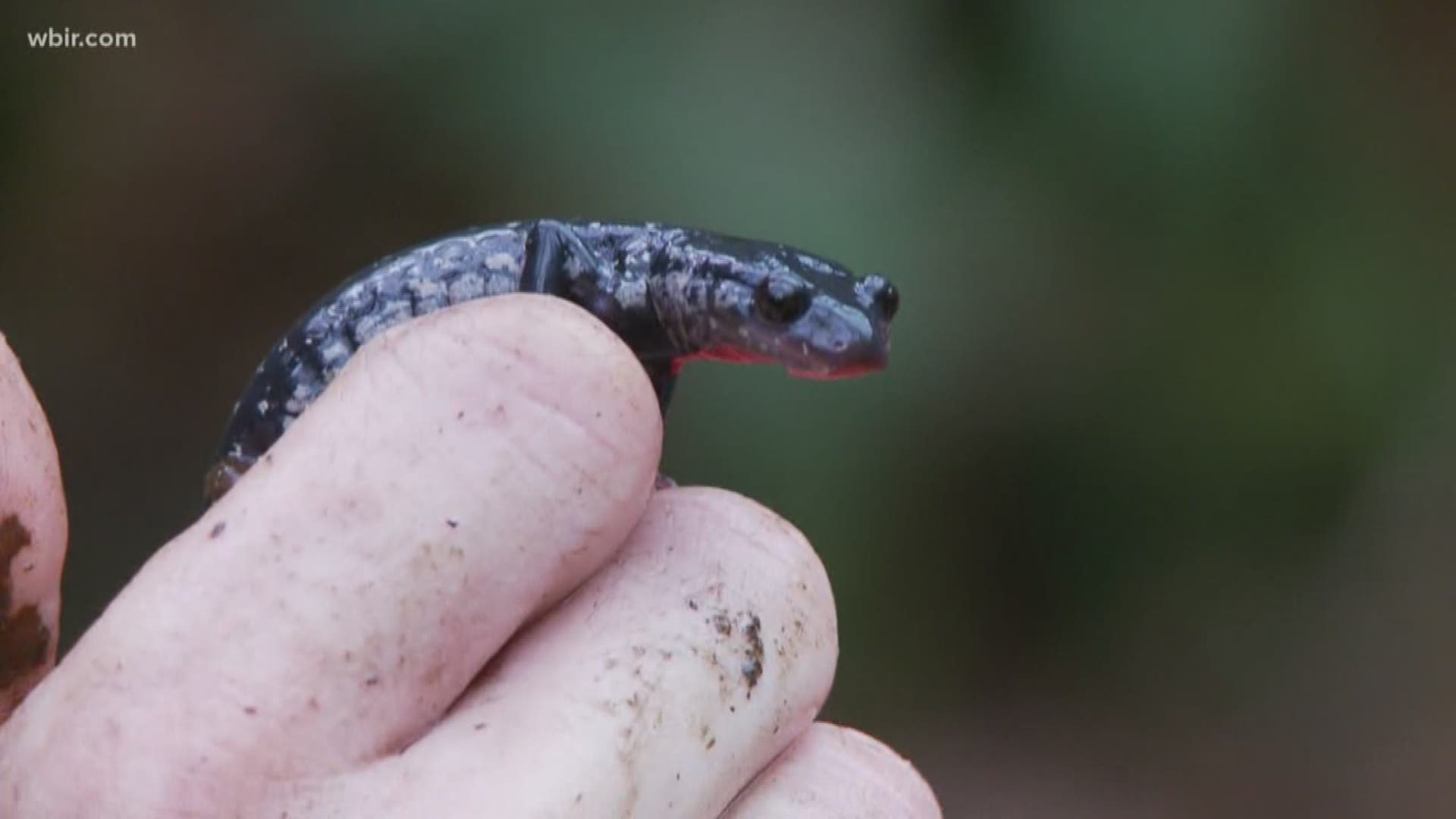Great Smoky Mountains — They may not be the first animals you think of in the Great Smoky Mountains, but scientists say the national park is the salamander capital of the world.
"We have about 30 species of salamanders, more than any spot in the world for an area this size," said Paul Super, coordinator of research for the NPS Appalachian Highlands Science Learning Center. "There are more salamanders here, by weight, than all the mammals and all the birds combined. They're an important part of the health of this forest."
Super says a diverse population of salamanders flourish in the Smokies due to an abundance of moisture, heat, and varying elevations.

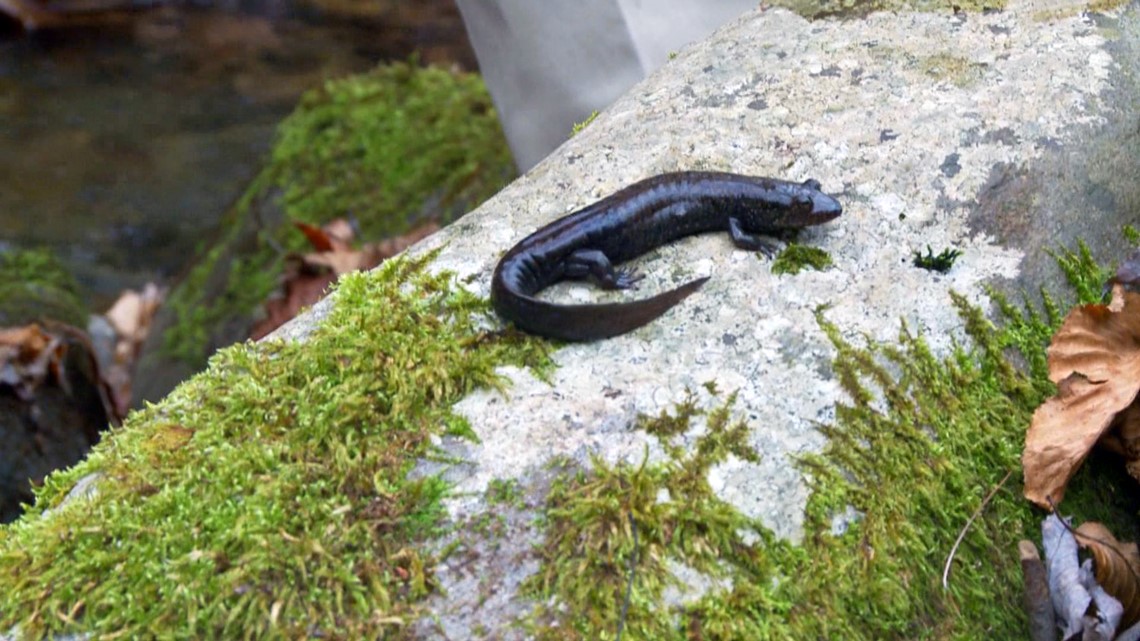
"The Smokies are just short of technically being a rain forest. Salamanders need moisture," said Super.
The extreme drought and wildfires that scorched the Great Smoky Mountains in 2016 took a toll on salamander populations. The wildfires burned more than 10,000 acres within the park.
Super said ongoing studies by four different universities has found a direct impact on salamander populations in burned areas of the park.
"In some of the extremely burned areas, there are no salamanders. Moderate burned areas, they'll find a few. In areas with the least amount of burning, a lot of salamanders are still there," said Super.

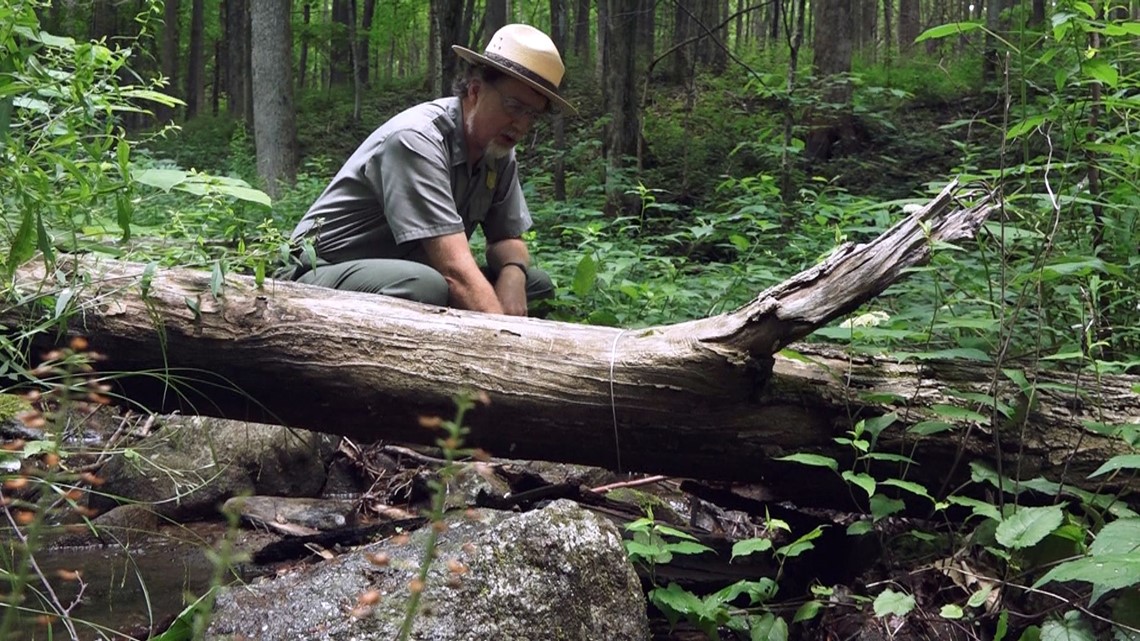
Now researchers, including volunteer citizen-scientists, are working to gather data on how salamanders fared in the Twin Creeks area of the national park, just south of Gatlinburg. The 2016 wildfire burned much of the area, but moved quickly. The flames primarily burned the forest floor, but without burning too deep into the ground.
"This area was a moderate-burn. You can still see the char on some of the tree trunks. The thought is a lot of salamanders may have retreated to the streams or died in the fire. And we'll be monitoring how long it takes salamanders to get back out of the streams and recolonize the forest floor," said Super.
The project will take stock of how many types of salamander species are found in the burned plots for the next year. It starts with mesh bags full of soggy leaves in the stream, a "perfect salamander habitat" according to Super.

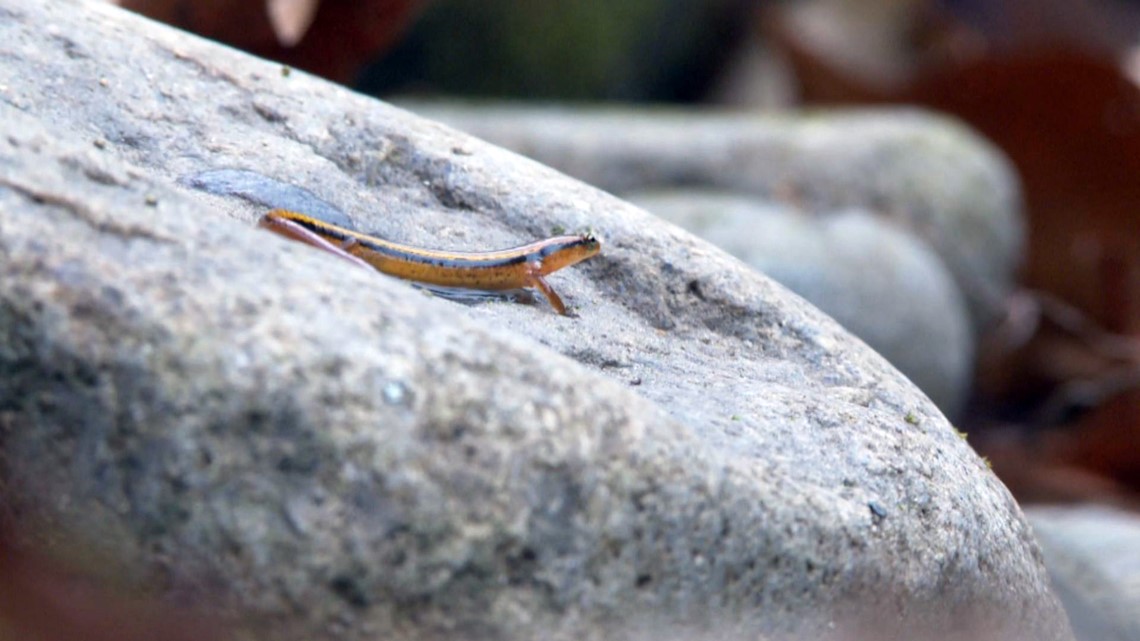
"We will shake and rinse the bags into a bucket to document how many salamanders are in the stream. These bags with leaves are a salamander motel we can put back when we're done. We use the bags because if you flip over rocks to search for them, the rocks are hard and irregular and may hurt the salamanders in the process," said Super.
Outside the stream, scientists are attracting the salamanders to certain areas with cookies. More specifically, "tree cookies" that are slices of a tree trunk.
"The tree cookie is a wood disc. It will hold moisture and makes a nice refuge for a salamander that moves away from the stream. We have numbered tags on each cookie. Our volunteers will flip them over and see if any salamanders are underneath," said Super. "We have placed a cookie every few feet extending away from the stream."

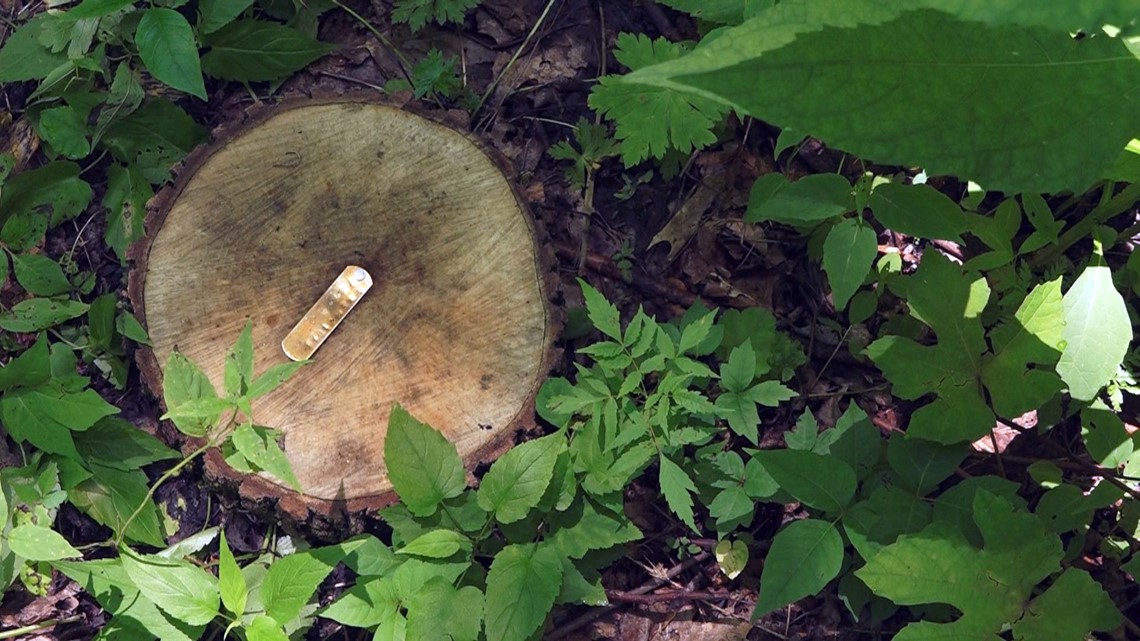
The cookies will measure how far salamanders venture from the natural haven of the stream. The observations will be recorded through spring 2019. Anything beyond that will depend on the results.
"We may discover that this area has a normal salamander population already. That will be the end of this research. We may find no salamanders anywhere but the stream. I really will not be surprised with anything," said Super. "We are establishing a baseline. These particular plots did not have studies before that measured the salamander population."
Whatever the results of the salamander study, Super thinks people should care how all living things coped with a historic wildfire.

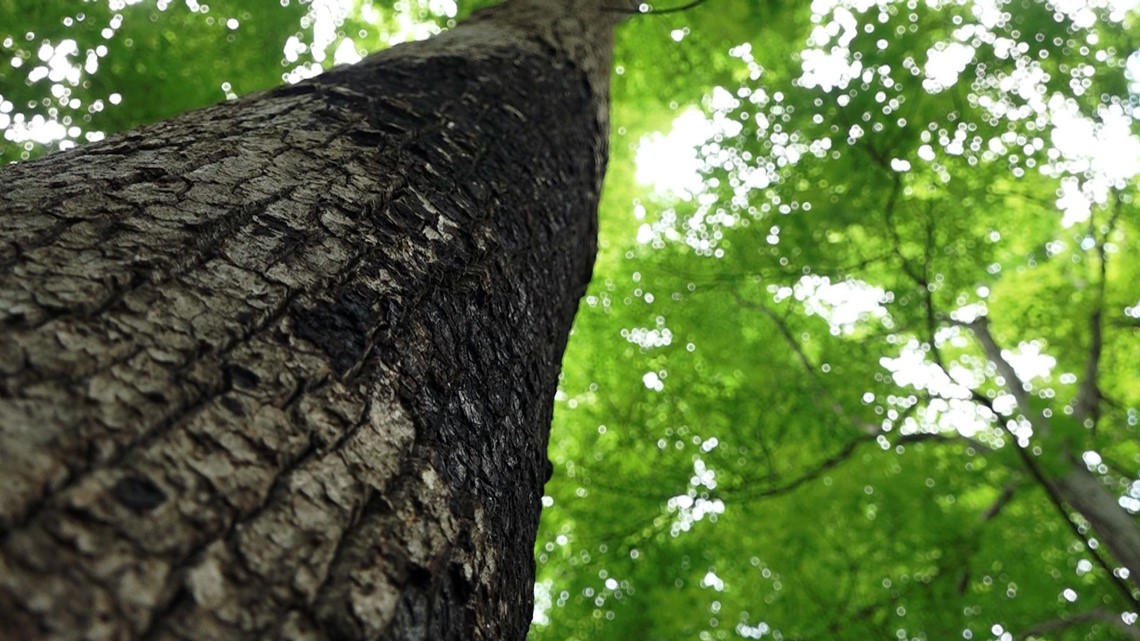
"Knowing how a major event like the fire might have impacted them and how they're recovering, is important to us as managers of the park. It is important, we think, to a lot of people who come visit the park. There are more than 11 million people who come here every year. For the people who lived through the fire, the impact and recovery is an important part of their lives," said Super.
Super said the assistance of citizen-science volunteers helps the national park obtain data it would otherwise not have the staffing to gather.
"Citizen-science is not a replacement for official scientific studies, but it can bolster our studies. We simply do not have the staff to go everywhere in the park to repeatedly take measurements, be it salamanders or measuring things such as fall foliage. We have a whole team of citizen-science volunteers who can get that information. Then we can compile it and figure out what's happening."

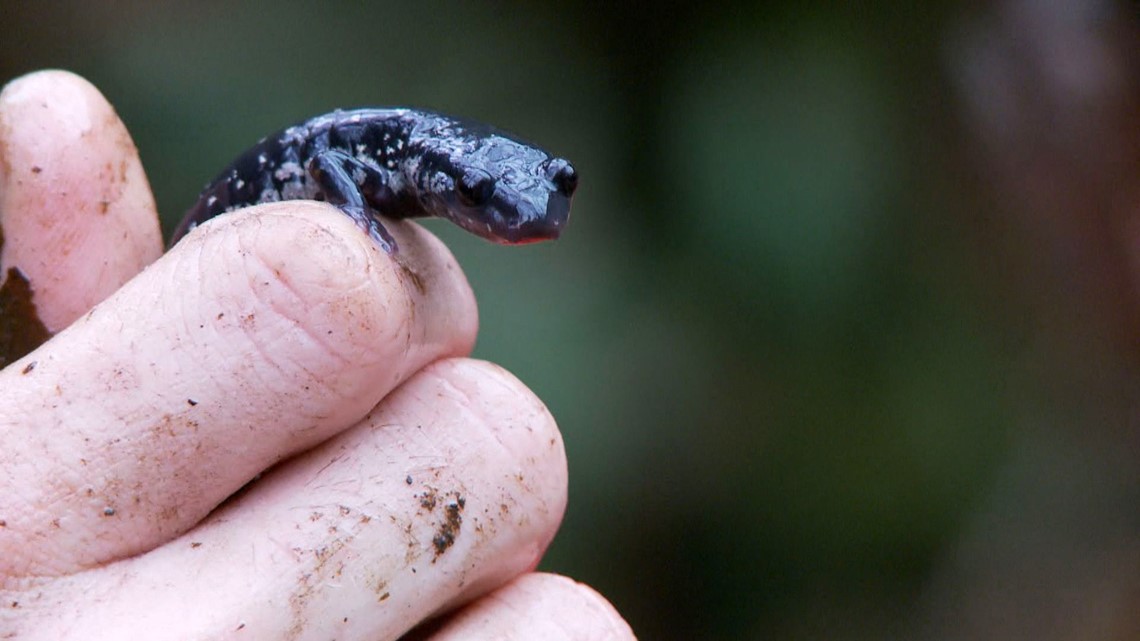
As of now, Super said it has not been established how many volunteers will be utilized for the salamander study and who the participants will be. Anyone interested in learning more about citizen-science projects conducted in the national park can contact Super via email at paul_super@nps.gov.

